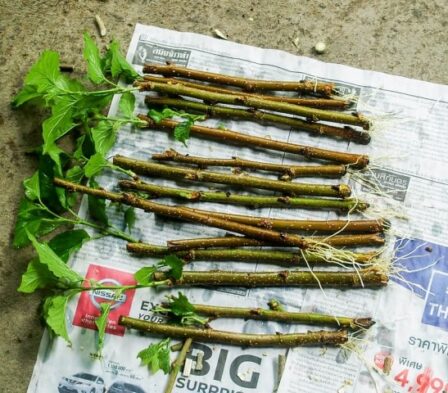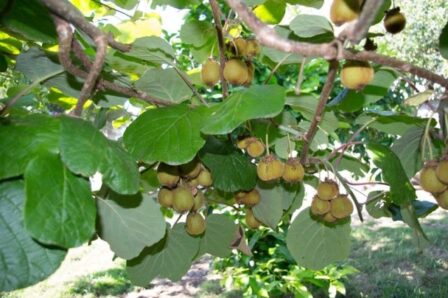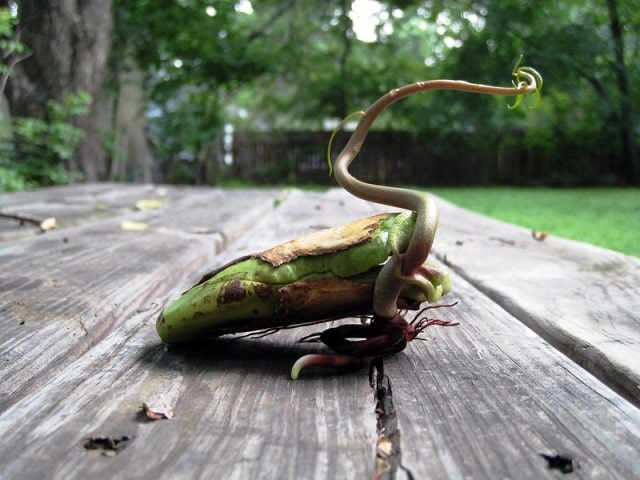Cantaloupe is a fruit that belongs to the Cucurbitaceae family. This fruit is also known as rockmelon, sweet melon, or spanspek. Cantaloupes contain a large percentage of water and other beneficial vitamins and minerals that are good for us. Cantaloupe seeds are also rich in minerals like Potassium and Vitamin C.
Can you plant cantaloupe seeds from a cantaloupe?
Yes, you can plant cantaloupe seeds from a store-bought cantaloupe and get a cantaloupe plant. Cantaloupe needs a lot of sunlight and is grown in the spring to get fruits in the summer. A cantaloupe plant takes about 85 days for fruiting.
How to save cantaloupe seeds
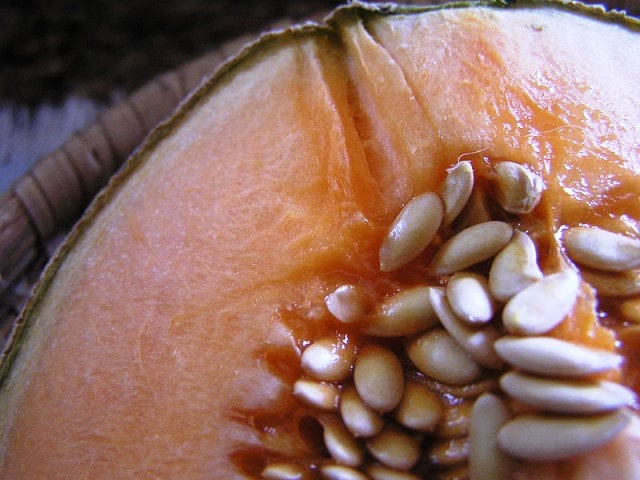
You can save seeds from a matured cantaloupe fruit. Scoop out the seeds from a matured cantaloupe and filter out the flesh with a mesh. When you get the seeds from the fruit, rinse them in water and put them in a paper towel. Proper drying of the seeds is important to store the seeds for a long time.
After completely dried seeds are collected, you can keep them in a marked envelope for future use.
How to grow cantaloupe from seed in a pot
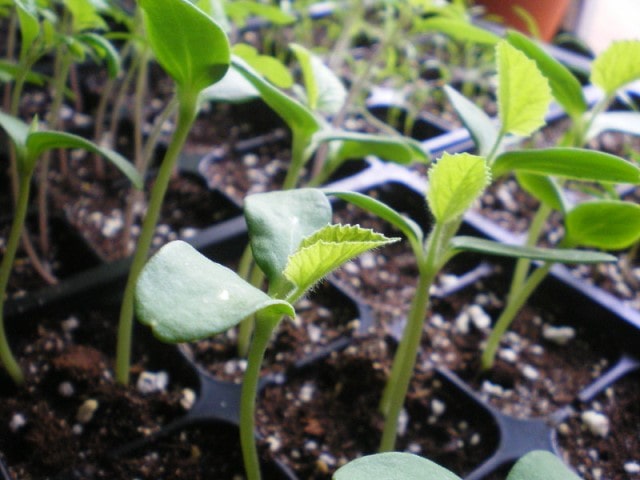
Growing cantaloupe from seed in a pot is a rewarding and relatively straightforward process that allows you to enjoy the sweet, juicy fruits right from your own home. Whether you have limited space or just want to try your hand at container gardening, following these steps will help you successfully cultivate cantaloupe in a pot.
Choosing the Right Pot and Soil:
Start by selecting a large, sturdy pot with a minimum diameter of 18 inches. Cantaloupe plants have extensive root systems, and a spacious container will provide them with the room they need to grow and thrive. Make sure the pot has drainage holes to prevent waterlogging, ensuring that excess water can escape.
Use a high-quality potting mix enriched with organic matter. Cantaloupes prefer well-draining soil, so a mix designed for vegetables or fruits is ideal. You can also add compost to the soil to boost its fertility and provide essential nutrients for the growing plants.
Planting Cantaloupe Seeds:
- Seed Selection: Choose high-quality cantaloupe seeds from a reputable supplier. Look for varieties that are well-suited for container gardening and consider your local climate to ensure the chosen variety is suitable for your region.
- Seed Starting: Cantaloupe seeds can be started indoors about 2-4 weeks before the last expected frost. Plant the seeds 1 inch deep in seed trays or individual pots filled with seed-starting mix. Keep the soil consistently moist and provide adequate warmth for germination.
- Transplanting: Once the seedlings have developed two to three true leaves, they are ready to be transplanted into the larger pot. Gently remove the seedlings from the seed tray and plant them in the center of the pot, maintaining a spacing of about 18 inches between plants.
Care and Maintenance:
- Sunlight: Cantaloupes thrive in full sunlight, so place the pot in a location where the plants will receive at least 6-8 hours of direct sunlight each day. If you’re growing cantaloupe indoors, use grow lights to supplement natural light.
- Watering: Keep the soil consistently moist but not waterlogged. Water the plants at the base to avoid wetting the foliage, which can lead to diseases. Use a saucer under the pot to catch excess water and prevent root rot.
- Fertilizing: Feed the cantaloupe plants with a balanced liquid fertilizer every 2-3 weeks or as per the recommendations on the fertilizer package. As the plants begin to flower, switch to a fertilizer higher in phosphorus to support fruit development.
Training and Support:
- Supporting the Vines: Cantaloupe plants produce long vines that benefit from support. Use stakes or trellises to keep the vines off the ground, promoting better air circulation and preventing diseases.
- Pruning: Remove any excessive foliage and side shoots to encourage the plant’s energy to focus on fruit production. Pruning also helps improve air circulation and reduces the risk of fungal diseases.

Harvesting:
Cantaloupes are ready to harvest when the fruit easily separates from the stem with a gentle twist. The fruit should have a sweet aroma and a yellowish hue. Harvesting at the right time ensures the best flavor and texture.
By following these guidelines, you can enjoy the satisfaction of growing your own delicious cantaloupes in a pot. Container gardening opens up possibilities for cultivating fresh produce, even in limited spaces, allowing you to savor the taste of homegrown fruits throughout the growing season.
MORE POSTS:
How to grow cucumbers in Florida

